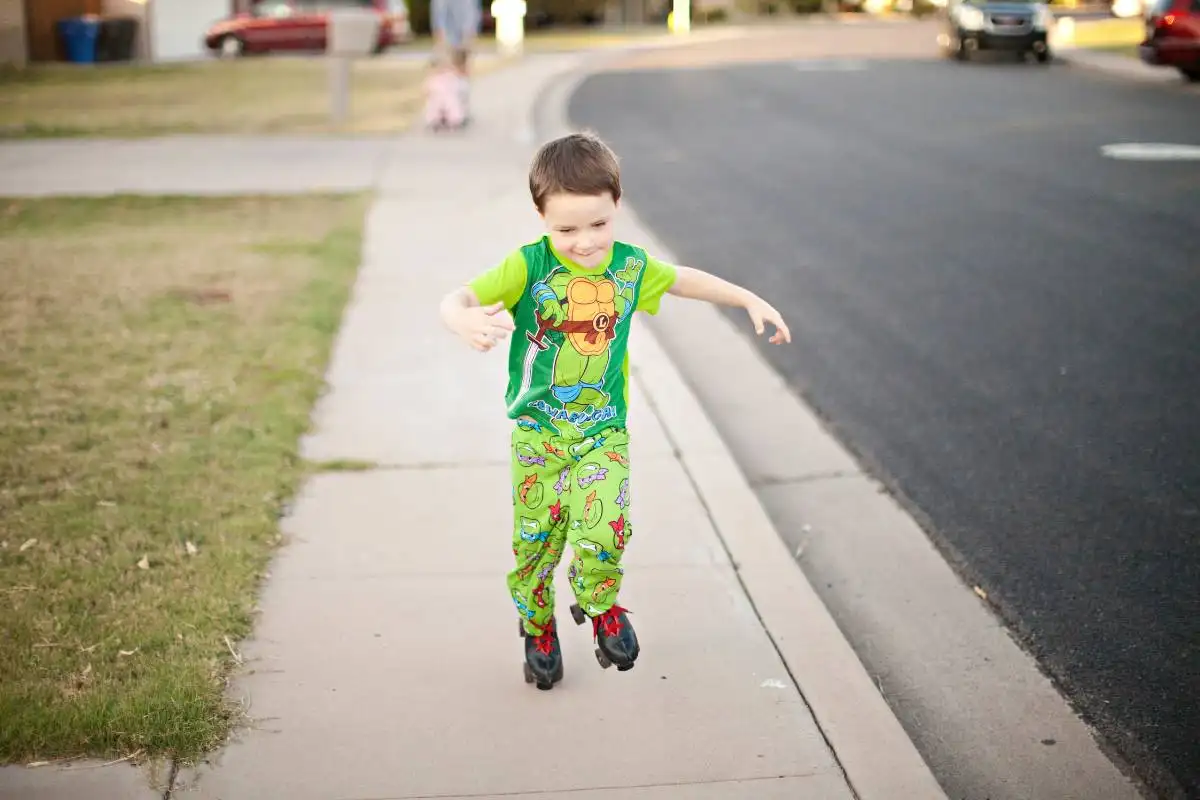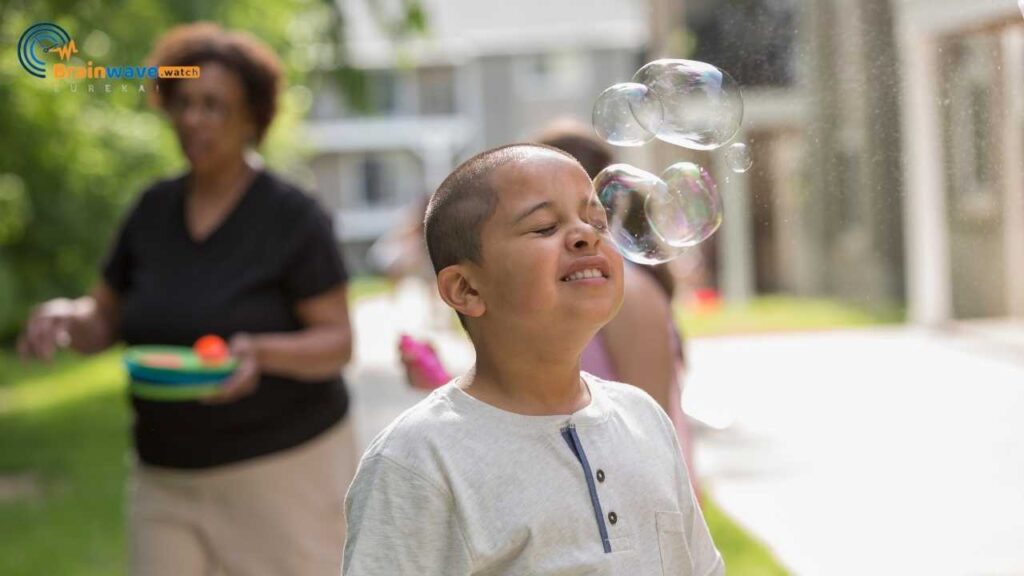When it comes to crossing the street, the classic move is to look both ways. This is a crucial step in ensuring street safety for kids with disabilities. One should always look left, then right, and then left again before crossing the street. It’s like watching a tennis match but with cars instead of balls.
Signs and Signals
Street signs and signals are the language of the street. They tell you when to stop when to go, and when to look out for danger. Kids with disabilities need to understand the meaning of these signs and signals. For example, a red hand means “stop,” a green light means “go,” and a flashing yellow light means “proceed with caution.” It’s like learning a secret code but with less spy stuff and more safety.
Staying on Track
Sidewalks are the bread and butter of street safety. They keep you on track and away from the dangers of the street. It’s important to stay on the sidewalk at all times unless you need to cross the street. When crossing the street, use a crosswalk or pedestrian signal. It’s like playing a game of hopscotch but with less hopping and more safety.
Gear Up! Safety Equipment Essentials
When it comes to street safety, helmets are the ultimate brain bucket. They protect your noggin from the bumps and bruises that come with being a kid. And for kids with disabilities, helmets are even more important. They can prevent serious head injuries in case of a fall or accident. So make sure your little one is wearing a helmet that fits properly and is designed for their specific needs.
Visibility Vests
Kids with disabilities are often less visible to drivers, which makes them more vulnerable to accidents. That’s why visibility vests are a must-have for any child with disabilities. These vests are brightly colored and reflective, making your child more visible to drivers. They’re perfect for walking to and from school or just playing outside. Plus, they make your kid look like a superhero, which is always a bonus.
Shoes
Good shoes are essential for any kid, but they’re especially important for kids with disabilities. Shoes with good tread can help prevent slips and falls, and they can provide extra support for kids who need it. So make sure your child has a pair of trusty treaders that fit well and are appropriate for the activities they’ll be doing. And don’t forget to tie those laces tight!
Crossing the Street
Crossing the street can be a daunting task for any child, but for kids with disabilities, it can feel like the ultimate boss level. Here are some tips to help your little ones conquer the challenge.
Crosswalks
Crosswalks are like the zebra’s path – they are sacred and must be respected. Teach your child to always use a crosswalk when crossing the street. If there is no crosswalk, find the nearest intersection and use the crosswalk there.
When using a crosswalk, remind your child to look both ways and then look again. Just because there is a crosswalk does not mean it is safe to cross. Cars can turn right on red, and some drivers may not see your child.
Pedestrian Signals
Pedestrian signals can be your child’s best friend or worst enemy. Teach your child to wait for the walk signal before crossing the street. If there is no walk signal, wait for the green light and make sure all cars have come to a complete stop before crossing.
Remind your child that the red hand means stop and the white walking figure means go. If the signal starts blinking, it means hurry up and finish crossing. But, if the signal starts counting down, it means your child should not start crossing the street.
By following these tips, your child can conquer the ultimate boss level of crossing the street.
Stranger Danger
When it comes to street safety, one of the most important topics to discuss with kids with disabilities is “stranger danger.” However, teaching this topic can be tricky, as children with disabilities may have difficulty understanding the concept of a “stranger.”
The Art of Saying ‘Nope!’
One of the most important things to teach children with disabilities is how to say “no” to strangers. This can be especially challenging for kids who are naturally friendly and trusting. But with a little practice, they can learn to assert themselves when they feel uncomfortable or unsafe.
One way to teach this skill is to role-play scenarios with your child. For example, you can pretend to be a stranger who offers your child candy or asks them to come with you to find a lost puppy. Encourage your child to say “no” in a loud, firm voice and to run away from the stranger as fast as they can.
The Buddy System
Another important strategy for staying safe on the streets is the buddy system. This means that kids should always travel with a friend or family member when they’re out and about.
To help your child understand the importance of the buddy system, you can create a visual aid, such as a chart or a drawing. Write down the names of your child’s friends or family members who can be their “buddies” when they’re outside. Encourage your child to always stick with their buddy and to never wander off alone.
By teaching your child the art of saying “nope!” and the importance of the buddy system, you can help them stay safe on the streets. Remember, street safety doesn’t have to be scary – with a little humor and creativity, you can make it a fun and empowering topic for your child to learn about.
Public Transport (The Magic School Bus and More)
When it comes to taking the bus, kids with disabilities need to be aware of some basic rules of etiquette. First and foremost, no capes on the bus, please! While it may be tempting to show off your superhero skills, capes can get caught in the door and cause a safety hazard.
Another important rule is to always wait for the bus to come to a complete stop before getting on or off. This helps prevent accidents and ensures that everyone stays safe. And speaking of safety, it’s important to stay seated while the bus is in motion and to keep all body parts inside the vehicle at all times.
Subway Smarts
For kids with disabilities who take the subway, there are a few things to keep in mind. First, make sure to pay attention to the platform edge and stay behind the yellow line. This will help prevent falls onto the tracks and keep everyone safe.
When getting on and off the subway, it’s important to move quickly and efficiently to avoid holding up other passengers. Once on the train, be sure to hold onto a handrail or strap to prevent falls or accidents.









